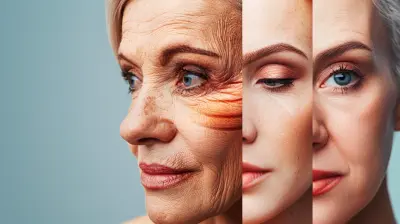Products to Avoid for a Healthier Home Environment
16 July 2025
Creating a healthy home environment isn’t just about eating organic or using natural cleaners—it’s about eliminating harmful products that could be silently affecting your well-being. You’d be surprised how many everyday items contain toxic chemicals, allergens, and pollutants that can contribute to respiratory problems, skin irritation, or even long-term health issues.
So, what’s lurking in your home that you should get rid of? Let’s dive into the products you need to avoid for a cleaner, healthier living space. 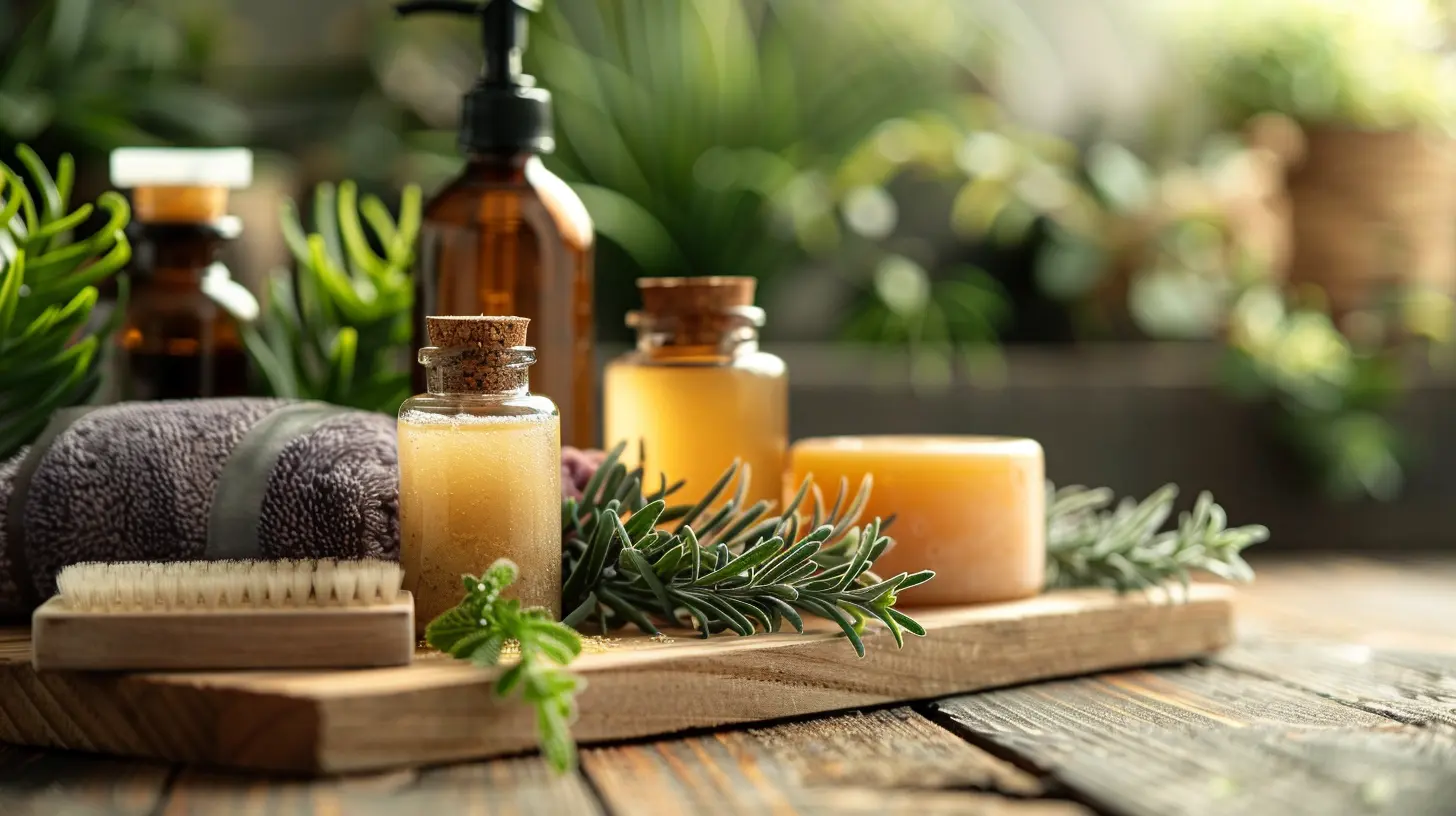
1. Air Fresheners and Scented Candles
We all love a fresh-smelling home, but did you know that most air fresheners and scented candles release harmful chemicals into the air? Many of these products contain phthalates, formaldehyde, and benzene, which can cause respiratory issues, headaches, and even disrupt your hormones.Healthier Alternative:
Instead of artificial air fresheners, try essential oil diffusers, simmering a pot of cinnamon and citrus peels, or simply opening a window for natural ventilation. And if you love candles, opt for beeswax or soy candles with natural essential oils instead of synthetic fragrances.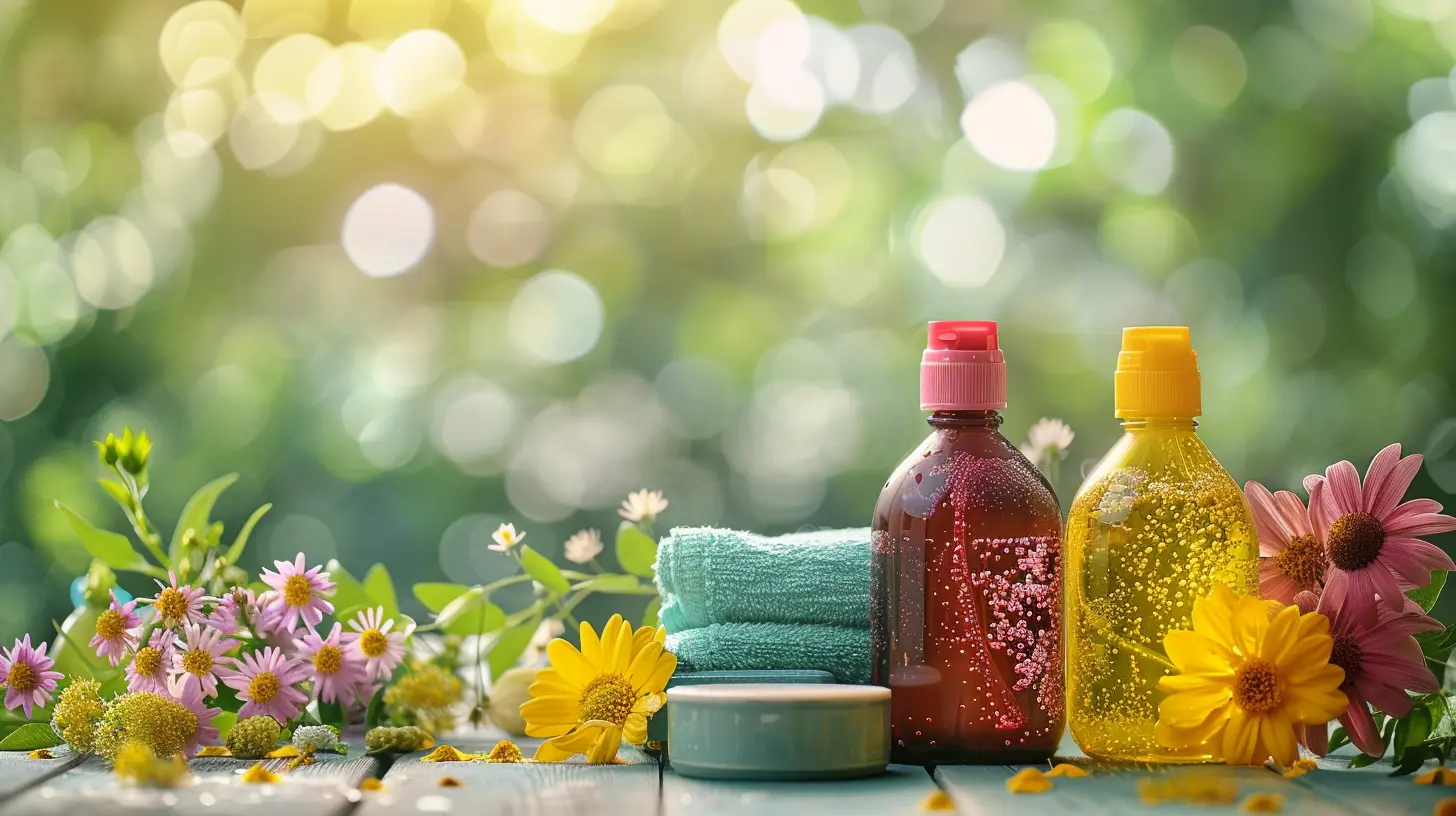
2. Non-Stick Cookware
That non-stick frying pan may be making cooking easier, but it could be releasing toxic fumes when overheated. Traditional non-stick pans are coated with perfluorinated chemicals (PFCs), which have been linked to cancer, liver damage, and developmental issues.Healthier Alternative:
Switch to safer cookware like stainless steel, cast iron, or ceramic-coated pans. These alternatives might take a little getting used to, but they’re much better for your health in the long run.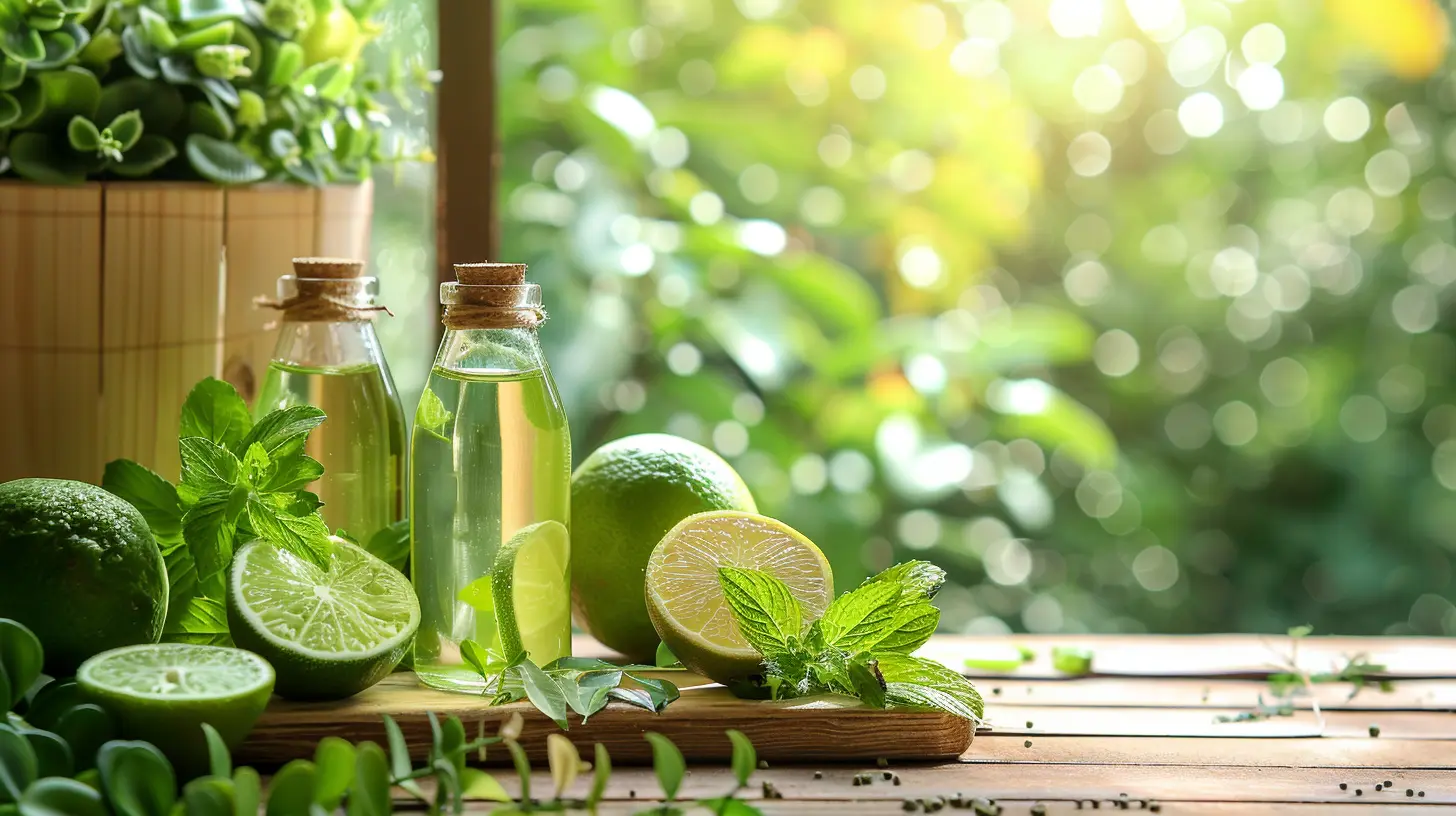
3. Harsh Cleaning Products
Many cleaning products contain ammonia, chlorine, or formaldehyde, which can cause skin irritation, trigger asthma, and even produce toxic fumes when mixed. You don’t need industrial-strength chemicals to maintain a clean home!Healthier Alternative:
Make your own DIY cleaning solutions using natural ingredients like vinegar, baking soda, and lemon juice. They’re just as effective and much safer for your family and pets.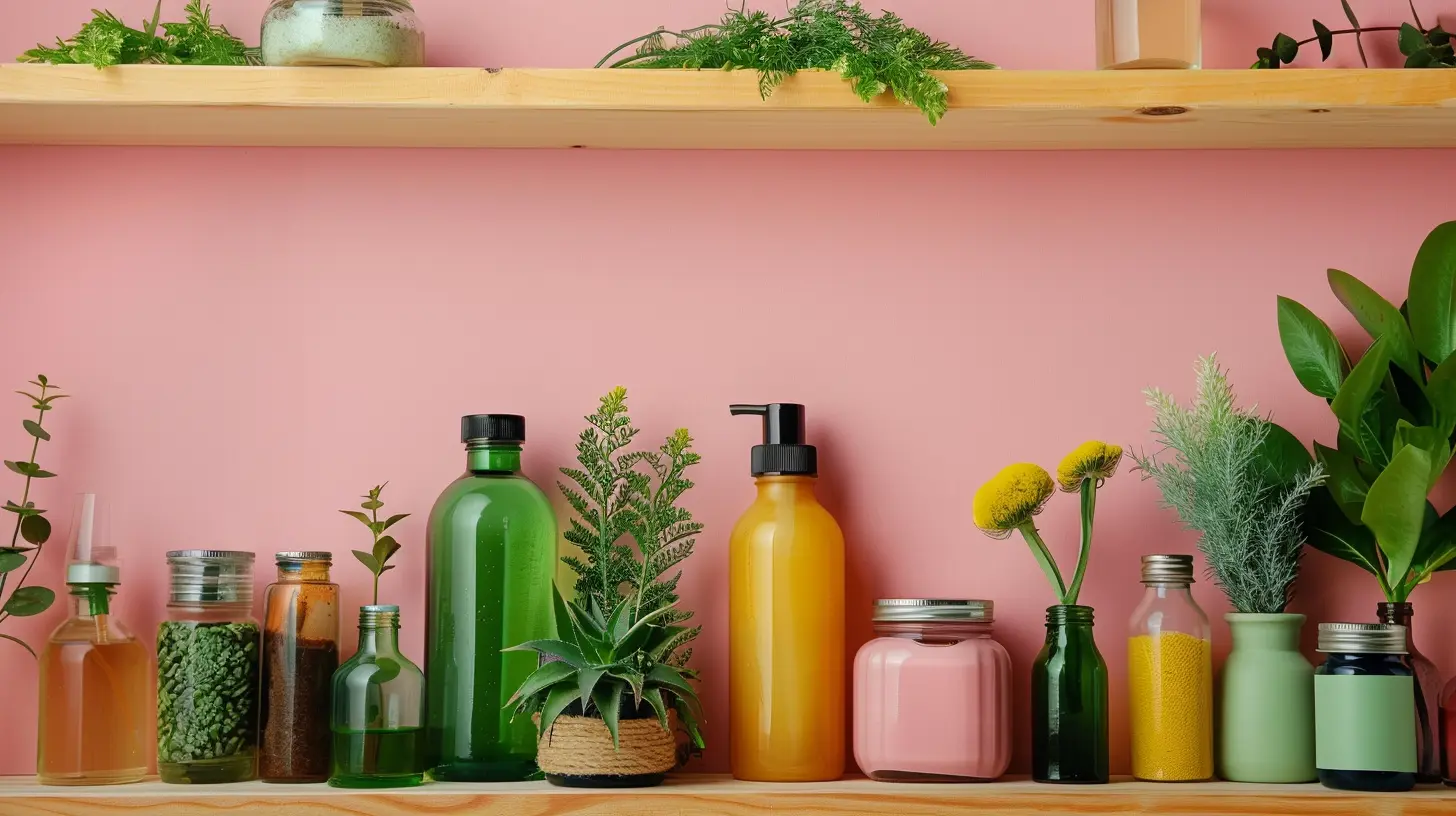
4. Plastic Food Containers and Bottles
Ever heard of BPA (bisphenol-A)? It’s a toxic chemical found in many plastic food containers, bottles, and packaging that can leach into your food and beverages—especially when heated. BPA has been linked to hormonal imbalances, fertility issues, and even an increased risk of cancer.Healthier Alternative:
Ditch plastic and go for glass, stainless steel, or silicone containers. They’re more durable, don’t leach chemicals, and are better for the environment too!5. Conventional Laundry Detergents and Fabric Softeners
That fresh, floral scent on your clothes might smell inviting, but conventional laundry detergents and fabric softeners often contain synthetic fragrances, optical brighteners, and harsh detergents that can irritate skin and trigger allergies.Healthier Alternative:
Look for fragrance-free, plant-based detergents or try making your own with natural soap and baking soda. Wool dryer balls infused with essential oils can replace chemically-laden fabric softeners.6. Pesticides and Chemical Insect Repellents
Bug sprays and pesticides may keep insects away, but they can also pose serious health risks to your family and pets. Many contain neurotoxic chemicals that can cause headaches, nausea, and even long-term nervous system damage.Healthier Alternative:
Try natural pest control methods like diatomaceous earth, neem oil, or essential oils like peppermint and citronella. Keeping your home clean and free of food crumbs can also help keep pests away!7. Antibacterial Soaps and Hand Sanitizers
Many antibacterial products contain triclosan, an ingredient linked to hormone disruption and antibiotic resistance. Plus, they strip your skin of beneficial bacteria, which weakens your natural defenses.Healthier Alternative:
Stick to regular soap and water—it’s just as effective for removing germs. If you need a hand sanitizer, choose alcohol-based versions with at least 60% ethanol, free from artificial fragrances and additives.8. Synthetic Carpets and Rugs
That plush carpet might feel cozy underfoot, but it could be releasing volatile organic compounds (VOCs) into your home. Many synthetic carpets are treated with flame retardants, stain repellents, and adhesives that off-gas toxic chemicals for years.Healthier Alternative:
Opt for natural fiber rugs like wool, jute, or cotton. If replacing your carpet isn’t an option, use an air purifier and keep windows open to improve ventilation.9. Cheap or Synthetic Furniture
Many inexpensive furniture pieces are made of compressed wood, particleboard, or MDF, which contain formaldehyde and other harsh adhesives that can off-gas toxic fumes. Over time, these chemicals can lead to respiratory issues and skin irritation.Healthier Alternative:
Choose solid wood furniture or look for brands that use low-VOC finishes and adhesives. If replacing furniture isn’t feasible, use non-toxic sealants to coat existing pieces and reduce off-gassing.10. Aerosol Sprays
Hairsprays, spray deodorants, and even certain cleaning sprays often contain propellants and VOCs that can irritate your lungs, cause headaches, and contribute to indoor air pollution.Healthier Alternative:
Switch to pump or roll-on versions of personal care products and opt for liquid or powder-based cleaners over aerosols.11. Artificial Food Additives
From food dyes to preservatives like BHA and BHT, artificial additives can contribute to allergies, hyperactivity in children, and potential long-term health concerns.Healthier Alternative:
Stick to whole, unprocessed foods and check ingredient labels carefully. The fewer ingredients, the healthier the product usually is!12. Conventional Mattresses and Bedding
You spend a third of your life sleeping, so you want to make sure your bed isn’t a toxic zone! Many conventional mattresses contain flame retardants, formaldehyde, and synthetic materials that off-gas chemicals as you sleep.Healthier Alternative:
Look for organic, non-toxic mattresses made from natural latex, wool, or cotton. Choose organic bedding to further reduce chemical exposure.13. Fragranced Personal Care Products
Perfumes, lotions, and shampoos often contain synthetic fragrances that can trigger headaches, allergies, and even disrupt your endocrine system.Healthier Alternative:
Go for fragrance-free or naturally scented products with essential oils and organic ingredients. Your skin (and nose) will thank you!Final Thoughts
Transforming your home into a healthier space takes time, but every small swap makes a difference. Removing or replacing these harmful products can help reduce toxins, improve your air quality, and contribute to your overall well-being.By choosing safer alternatives, you’re not just protecting yourself—you’re creating a healthier environment for your family, pets, and even future generations. Your home should be your sanctuary, not a source of hidden toxins!
What’s the first product you’re planning to eliminate from your home? Let me know in the comments!
all images in this post were generated using AI tools
Category:
Healthy LifestyleAuthor:

Laura Hudson
Discussion
rate this article
1 comments
Kate Hardy
This article is a valuable resource for anyone looking to create a healthier living space. By highlighting common products to avoid, it empowers readers to make informed choices that can significantly improve indoor air quality and overall well-being. A great read for health-conscious individuals!
August 1, 2025 at 4:04 AM

Laura Hudson
Thank you for your feedback! I'm glad you found the article helpful in creating a healthier living space. Your insights on informed choices are greatly appreciated!


